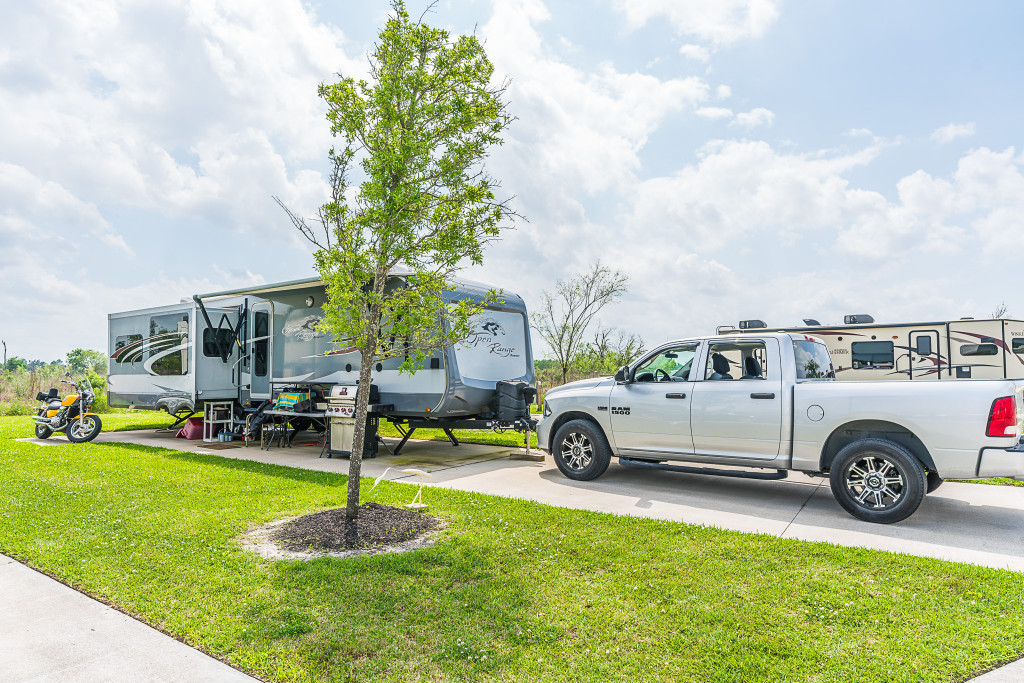6 RV Maintenance Musts Do’s
Whether you’re just getting your RV out of hibernation or have already been cruising the country with it for a while, it’s always a good idea to keep up on regular maintenance to make sure things run smoothly.
Tires lose pressure, batteries drain, and when the RV is in storage, pests have a nasty habit of taking up residence somewhere inside the RV. With a little preventative maintenance, you can enjoy a more stress-free RV season.
Here are the basics you need to practice on a regular basis to keep your RV in tip-top shape.
Inspect the Wheels
Tires can deflate (or inflate) at the most inopportune times, and especially after it has sat in storage for a while. If you don’t do this already, get in the habit of checking the tire pressure regularly (and definitely before every trip) to make sure they are filled to the manufacturer’s recommended PSI. Also, make sure your lug nuts are inspected so that none have found their way loose, and check tires for signs of cracks or punctures.
Check the Fluids
The lifeblood of your RV is the oil and coolant, so make sure both are topped up before every camping trip, and at regular intervals. In addition, check the windshield wiper fluid – you don’t want to be on a muddy road or a bug-filled highway without it.
Check the Generator
Many RVs nowadays have gas-powered generators, so you’ll want to ensure it’s in good working order. If the air filter is coated with dirt, it’s time to replace it. Top up the oil, clean the connectors, and put it through a trial run if you’re just taking it out of storage.
Inspect the Air Conditioner
Nothing is worse than being out in the summer heat and your RV’s AC decides to give up the ghost. Check your air conditioner’s air filters and look for any debris in the coils. And when your RV hasn’t run in a while, give it a test run to make sure things are still in good working order.
Spot-Check the Interior
Before heading out on a road trip, make sure all moving parts inside are working properly. Open and close windows to see if they slide smoothly, make sure the fire extinguisher is full (experts advise replacing them once a year), and give the water pump a test whirl by turning it on and off.
Check Your Towing Setup
If you’ll be towing anything, such as a car or additional equipment, make sure your towing rig is in good working order. Check all welds and connections and look for cracks. Ensure the safety chains are crossed under the coupling and are hooked properly. Lastly, have a spare set of keys in case you lose the originals.


